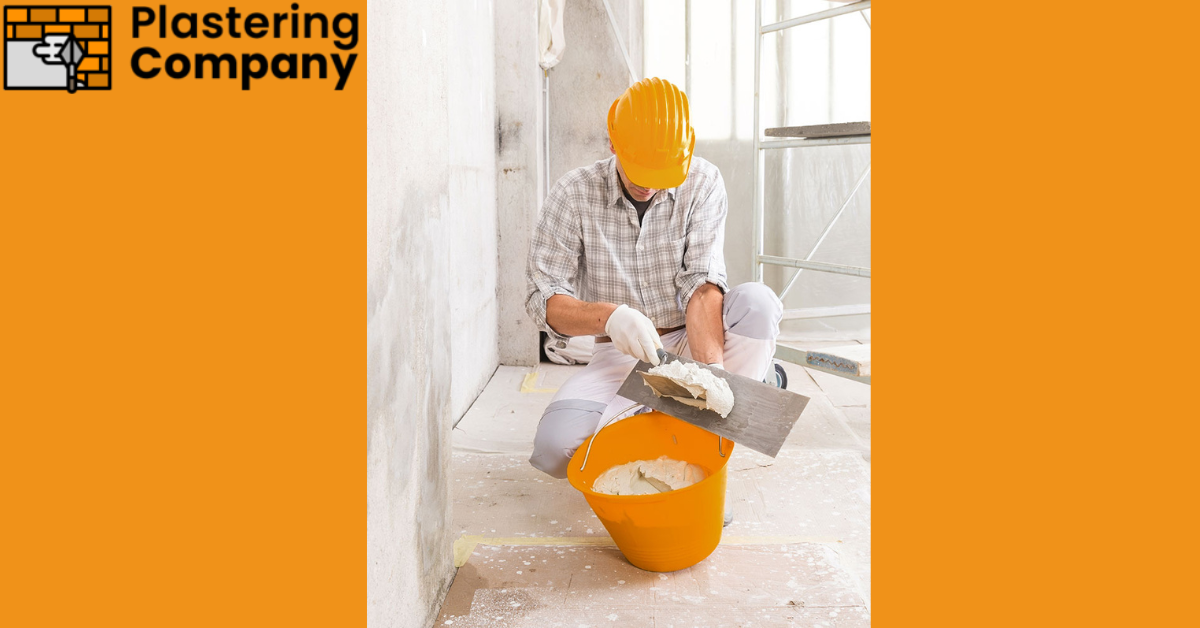
Discover the best practices for installing and maintaining plastered flat ceilings. Learn about the top plaster options and tips for achieving a flawless finish.
Plastered flat ceilings offer a classic and smooth finish that enhances the aesthetic appeal of any room. Whether you’re renovating an existing space or constructing a new one, understanding the nuances of plastered ceilings can help you make informed decisions. From choosing the right materials to understanding the installation process and maintenance tips, this guide covers everything you need to know about plastered flat ceilings.
What are Plastered Flat Ceilings?
Plastered flat ceilings are ceilings that have been finished with plaster to create a seamless and smooth surface. Unlike textured ceilings, which may have patterns or designs, plastered flat ceilings provide a clean and uniform appearance. They are commonly found in both residential and commercial buildings due to their timeless look and versatility in design.
Benefits of Plastered Flat Ceilings
- Smooth Finish: Plastered ceilings offer a smooth finish that complements various interior design styles, from modern to traditional.
- Durability: Properly installed plastered ceilings can last for decades with minimal maintenance, making them a cost-effective choice in the long run.
- Sound Insulation: Plaster provides some level of soundproofing, helping to reduce noise transmission between rooms.
Types of Plaster for Ceilings
Choosing the right type of plaster is crucial for achieving a flawless finish on your flat ceilings. Here are some common types:
- Gypsum Plaster: Ideal for indoor use, gypsum plaster is known for its smooth texture and ease of application.
- Lime Plaster: Offers a more breathable option suitable for historic buildings or where moisture control is essential.
- Cement Plaster: Provides excellent durability and is often used in high-moisture areas such as bathrooms and kitchens.
Installation Process
The installation of plastered flat ceilings involves several key steps:
- Preparation: Ensure the ceiling surface is clean, dry, and free of any debris or old plaster.
- Application: Apply the base coat of plaster evenly across the ceiling using a trowel, ensuring a uniform thickness.
- Smoothing: Once the base coat sets, apply a finishing coat of plaster and smooth it out to achieve a flat surface.
- Drying and Curing: Allow the plaster to dry and cure completely before applying any paint or decorative finishes.
Maintenance Tips
To keep your plastered flat ceilings looking their best:
- Regular Cleaning: Dust and clean the ceilings periodically to prevent buildup.
- Avoid Moisture: Prevent water damage by promptly repairing leaks and maintaining proper ventilation.
- Repairs: Address any cracks or damage to the plaster promptly to prevent further deterioration.
Conclusion
Plastered flat ceilings offer a timeless appeal and practical benefits for both residential and commercial spaces. By understanding the types of plaster available, the installation process, and essential maintenance tips, you can ensure your ceilings remain beautiful and functional for years to come. Whether you’re considering a renovation or new construction, plastered flat ceilings provide a versatile and durable option that enhances any interior setting.
3.5